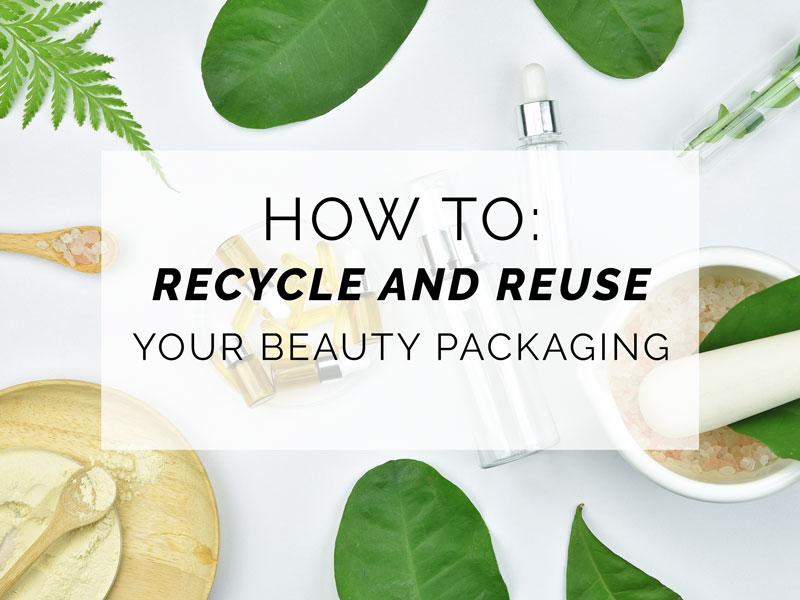
A recent McKinsey study indicates U.S. consumers anticipate spending less on skincare, makeup and other personal care items in the future than they used to. One way cosmetic brands can recapture consumers is by making positive changes when it comes to sustainability, and packaging is a key battleground for the fight against environmental waste. The cosmetics industry alone produces more than 120 billion units of packaging each year.
The top four eco-packaging trends you can except to see in the beauty that will help drive positive change while building brand reputation and boosting profits are:
1. Reducing Plastic
Despite shifting attitudes around the globe, such as the EU ban on single-use plastic products, the U.S. continues to generate more plastic waste than any other nation. However, we’re starting to see changes in public attitudes towards plastic consumption and waste. This has pushed many companies to re-evaluate their packaging design and experiment with innovative new packaging materials. The world’s largest cosmetics company, L’Oreal, is one brand that is making waves when it comes to new packaging materials. The beauty powerhouse created a breakthrough brand, SEED, with products made from entirely compostable or recyclable packaging – even a recycled corrugate paper bottle shell that won’t decompose in the shower. Packaging designers can now choose from a wide range of plastic alternatives, including glass, card, pulp and even corn.
2. Refill and Reuse
Single-use packaging could soon be a thing of the past, with more companies looking to invest in durable packaging materials that customers can refill and reuse. Brands are putting more time, effort and investment into creating primary packaging that can become keepsakes for customers – especially valuable in the luxury end of the cosmetics industry with higher price points. Earlier this year, Dove launched its first refillable deodorant. Made with 98% recycled plastic that has a lifetime use guarantee, the company estimates the product will help reduce virgin plastic waste by 30 tonnes in the first year alone. Consumers can also enjoy the benefits of lower price points for repeat purchasing refills, without having to pay for excess packaging nor do they need to fret over how best to dispose of used packaging.
3. Maximize Minimalism
Minimalist design in packaging is already a growing trend in the cosmetic industry, with brands looking to capture customer’s attention with simplistic designs that communicate a bold, targeted message while reducing waste. British skincare brand, The Ordinary, is one brand making waves through their clinical and basic packaging design. Customers appreciate the integrity of a product that does exactly ‘what it says on the tin’ and doesn’t try to distract with bright colors, flowery language and unnecessary bulky packaging. Aside from the marketing benefits of minimalist packaging design, using neutral colors and eco-friendly materials can make it easier for customers to recycle used packaging, supporting a brand’s eco-drives. It helps to eliminate the issue of mixed materials making recycling problematic and confusing for the user.
4. Less Greenwashing
Brands that are not prepared to substantiate their eco-friendly claims, consumers will soon wise up to greenwashing – the act of giving the impression of sustainability by deceiving or hiding environmental harms. With consumers more aware of environmental issues and looking to companies to hold themselves accountable, greenwashing could be detrimental for brand reputation and has resulted in diminished brand trust, customers boycotting brands and even lawsuits. The Honest Company was one such brand that suffered the ramifications of greenwashing – after being sued in 2016 for false claims of their products including ‘natural ingredients’, the company lost out on a multi-million deal with Unilever to a competing eco-friendly household products company. Aside from the impact on businesses’ bottom lines, greenwashing can be devasting for the environment. Consumers trust that the product they buy won’t cause environmental harm are duped into supporting the very practices they’d set out to avoid, further contributing to the problem.
In an ever-growing competitive market post-Covid, beauty brands can lure their customers back and win their loyalty by using packaging that addresses these four factors.